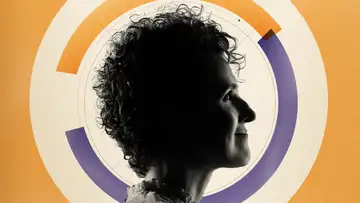The Fantastical Worlds of Brandon SandersonTop of Mind with Julie Rose • Season 1, Episode 884, Segment 4
Aug 23, 2018 • 23m
(Originally Aired: 1/25/2018)
Guest: Brandon Sanderson, Fantasy Writer, Author, "Oathbringer"
Brandon Sanderson's fantasy novel, "Oathbringer," sold 300,000 copies in its first week. At more than 1200 pages, it’s a complicated tale of humanity hanging in the balance, while vengeful races, both human and non, battle for dominance through the use of magical powers. While he’s writing such long – and successful books – Sanderson also makes a point of mentoring aspiring writers. He even teaches a semester-long class at BYU.